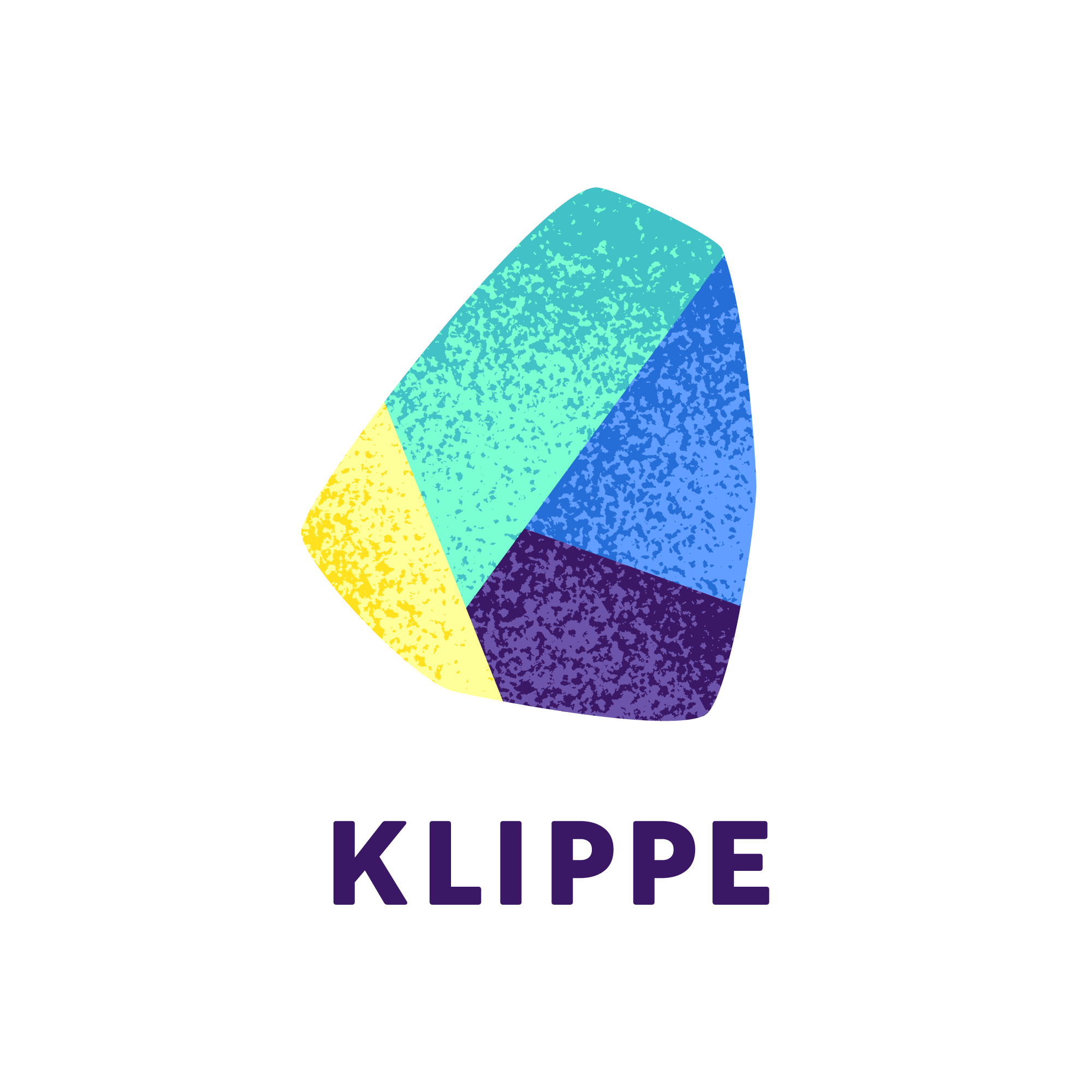Imagine trying to decipher the thoughts of a Chinese user when you don’t speak their language. You might resort to interpreting their body language and gestures, but having an interpreter would make things much smoother. Think of natural language processing (NLP) as that interpreter in the realm of communication with e-learning systems. It’s a vital branch of artificial intelligence that bridges the gap between computers and humans by allowing machines to comprehend and analyse human language. But what exactly is NLP? How does it enhance e-learning experiences? What hurdles does it face, and how does it shape the future of online education? These are the intriguing questions we’ll explore in our Journal entry.
What is Natural Language Processing?
Natural Language Processing (NLP) is the technological wizardry that equips computers with the power to comprehend, generate, or respond to text. It operates on the principles of text processing, language models, deep learning, and cognitive computing.
In the realm of practical applications, NLP shines through in various forms such as chatbots, virtual assistants, or text translation programs. These tools streamline interactions between e-learning platforms and users, making the learning journey smoother and more efficient. Additionally, they enhance accessibility, catering to the needs of learners who are hearing or visually impaired.
General Applications of NLP
NLP employs text sorting techniques to categorize your emails into specific folders. This not only saves you time but also prevents crucial emails from being lost amidst a sea of irrelevant messages.
Machine translation, another domain benefiting from natural language processing, has witnessed remarkable advancements in recent years. This progress is largely attributed to the vast availability of data and the enhanced computational power of machines.
Speech recognition technology harnesses the capabilities of natural language processing to transform spoken language into a comprehensible, readable format.
Today, a plethora of software tools are at your disposal for checking grammar, spelling, and stylistic elements in your text, all leveraging the power of natural language processing. Additionally, predictive text input, another valuable feature, is also a product of advancements in natural language processing.
Search engines utilise NLP to offer tailored suggestions, drawing from past search history, user activity, and prevailing trends, ensuring more relevant results for each query.
Thanks to NLP, virtual assistants like Alexa, Siri, or Google Assistant can engage in conversations with users almost as convincingly as real people.
Following the initial notification by a machine voice at the onset of the call, indicating that the call is being recorded, the recording frequently finds its place in a database. This repository serves as a valuable resource for NLP systems, facilitating learning and improvement. Automated systems commonly guide customers to virtual chatbots, which, much like real customer service agents, stand ready to address any queries that may arise.
Countless individuals share their opinions regarding various products or services on social media platforms. While companies could draw insights from this wealth of data, manually sifting through each post would be an overwhelming task. Natural language processing, however, offers a solution by analysing sentiments and extracting valuable, trustworthy feedback from reviews with efficiency and accuracy.
The majority of chatbots and virtual assistants operate on a pre-programmed response system. This system adheres to a predefined set of rules and patterns, enabling them to effectively respond to the questions posed by users.

E-learning Content Localisation & A.I.
Localisation holds immense significance in e-learning content, extending beyond mere translation. With the widespread adoption of generative AI tools, what transformations have occurred in this domain? Why is localising learning content crucial, and what steps does this process entail?
Read More!Natural Language Processing in E-learning
Natural language processing empowers learners to engage with e-learning platforms in a manner akin to interacting with a real person. Here, we’ve condensed the key features of NLP for e-learning!
Personalisation
NLP algorithms play a pivotal role in adaptive learning, leveraging learners’ language input to discern their preferences, strengths, and weaknesses. This facilitates the recommendation of personalised learning approaches, enabling learners to access pertinent content. Moreover, NLP models offer targeted feedback by scrutinising language, pinpointing learners’ errors, and proposing enhancements, thereby enhancing the efficacy of the learning process.
Chatbots
NLP-powered virtual assistants or chatbots are adept at comprehending and addressing learners’ frequently asked questions in e-learning scenarios, delivering real-time support and guidance. These chatbots offer explanations, recommendations, or resources, facilitating learners to engage in discussions about fundamental skills or obtain prompt feedback on quizzes and assignments.
Content Creation
NLP possesses the remarkable ability to comprehend not only human language but all written content in existence! Leveraging keywords, this model adeptly navigates the intricacies of learning materials. Through analysis and categorisation of educational resources, key information can be extracted, relevant concepts identified, and these delivered to learners. Furthermore, NLP facilitates the creation and interpretation of educational content, including summaries, questions, or flashcards.
Text Classification
NLP models empower e-learning systems to dissect and comprehend language employed by learners, employing text classification techniques. Text classification encompasses various tasks, including sentiment analysis, topic categorisation, assessment of learner feedback, evaluation of learner performance, and even spam filtering.

Possible NLP Problems in E-learning
Comprehension
NLP models often struggle with grasping the contextual nuances of language, particularly in instances involving sarcasm, irony, or non-literal meanings. Consequently, this limitation can result in inaccurate or nonsensical outcomes during the processing of educational content.
Data Availability
NLP models rely heavily on extensive sets of high-quality training data to achieve optimal performance. However, in e-learning settings, obtaining such annotated data for a specific domain or topic can pose a significant challenge due to limited availability.
Computational Needs
NLP models demand substantial computational resources, necessitating robust hardware infrastructure and ample memory capacity. In e-learning environments, where resources may be constrained, meeting these requirements can pose a notable challenge.
Bias and Prejudice
While NLP models are susceptible to bias, it’s imperative to ensure bias-free training data in e-learning contexts. Introducing stereotypical data into the model can yield inaccurate outcomes, underscoring the importance of mitigating bias in training processes.
Data Protection and Security
NLP models have the capability to process sensitive personal data, including students’ names and addresses, which can present privacy and security concerns. It’s crucial to implement robust measures to safeguard this information and adhere to stringent data protection protocols in e-learning environments.

Shaping the Future: AI in Education
What’s the role of artificial intelligence in education? What self-directed, AI-based options are available in e-learning today? In this Journal entry, our colleague Petra Takács explores practical examples to demonstrate that the future of education is already here.
Read More!The Future Potential of NLP in E-Learning
As e-learning platforms proliferate and artificial intelligence advances swiftly, teaching and learning stand poised for more effective and engaging experiences.
Already, NLP has propelled e-learning forward significantly, but its future holds even more promise. Anticipated advancements include swifter and automated content generation, enhanced chatbot capabilities, sophisticated gamification features, and integration of augmented reality. If realised, these developments will pave the way for a more personalised interface and improved accessibility, particularly for learners with hearing or visual impairments and those with learning disabilities.
Need Some Help?
If you are considering implementing an e-learning system but feel uncertain about the best direction to take, reach out to us, and we’ll guide you towards the optimal solution! Don’t hesitate, even with limited resources, as expert assistance can yield significant savings in both time and costs!
If you found this article useful, follow us on Facebook or LinkedIn, to keep up with the latest articles!
Contact us via form, phone or e-mail. Details below! ⬇️
Who Are We?
We are digital education experts and software developers, following trends and offering innovative solutions in our learning materials and systems. We have been providing digital training, creating complex e-learning materials and implementing systems for X years.
Klippe Learning’s team will create the digital teaching and learning solution you’ve been dreaming of – or we’ll dream it for you if you don’t know exactly what you need. Custom content, creative and motivating methods, a platform tailored to you.
How Can You Reach Us?
To find out more about our bespoke learning materials, e-learning systems, training courses or to request a quote, please contact us:
 contact us via the form on the right!
contact us via the form on the right!
 or call us:
or call us:
 or send an email:
or send an email:



